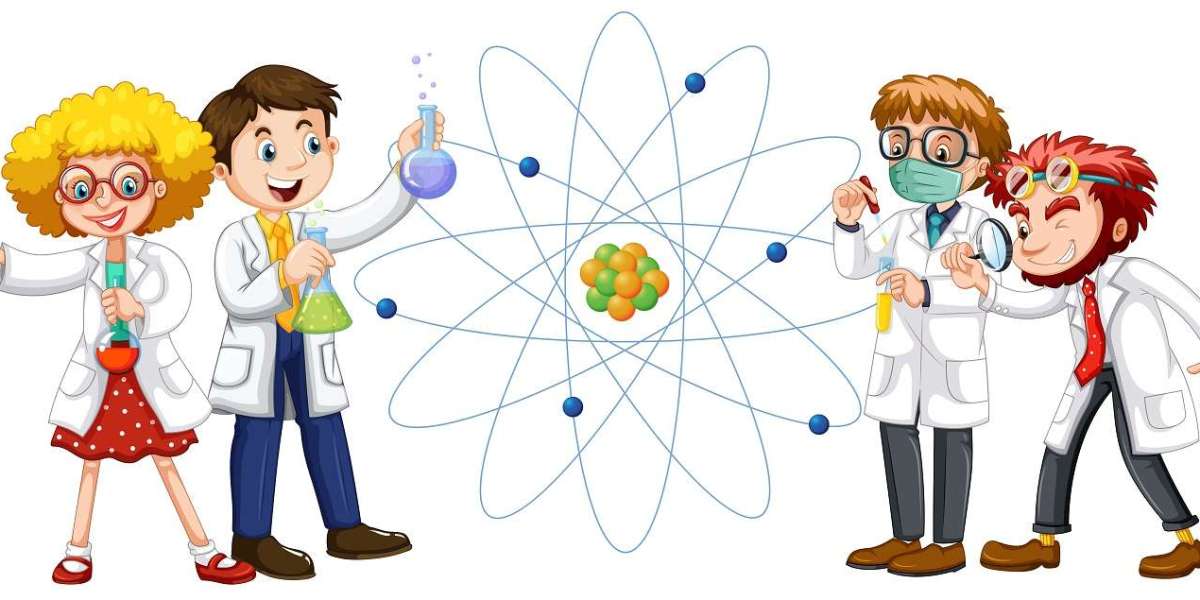article image source: freepik.com (link)
In a development that could change the face of technology, researchers from the University of New South Wales in Australia announced their success in making atomic nuclei talk to each other inside an ultra-pure silicon chip.
What at first glance seems like science fiction is in fact a scientific achievement that paves the way for the construction of scalable quantum computers, using the same materials and technologies that underlie today's electronic chip industry.
According to a study published in the prestigious journal Science, the research team was able to quantum entangle the nuclei of phosphorus atoms implanted inside silicon, using electrons that act as a medium to transfer quantum information between these nuclei.
According to the study, the research team maintained the error rate in quantum operations below approximately 1%. This is an excellent figure compared to previous experiments, as the error rate was often much higher, making it difficult to run complex algorithms.
At the atomic level
The distance between the atoms was only 20 nanometers, a very precise measurement comparable to the dimensions of the microelectronic structures in modern chips.
For example, the diameter of a human hair is approximately 80,000 to 100,000 nanometers. The distance between the two atoms the researchers discussed (20 nanometers) is roughly equivalent to one-four-thousandth the thickness of a human hair. Imagine dividing your hair into 4,000 thin slices; one slice would represent approximately this distance.
Quantum entanglement is a strange phenomenon in physics that causes two particles (such as two electrons or two photons) to become deeply interconnected. Any change in one particle is immediately reflected in the other, even if they are vastly separated. They are like mirrors reflecting each other's state moment by moment, but without a wire or visible signal connecting them.
The interesting thing is that this connection is not affected by distance. The two particles can be next to each other in a laboratory or on opposite sides of the universe and remain "entangled."
advertisement
Promising Applications
This property makes quantum entanglement essential for secure quantum computing and communications, as it allows information to be transmitted in a way that classical systems cannot match.
For a long time, the biggest challenge facing scientists has been balancing the proximity of atomic nuclei to each other, which allows them to interact, with the need to isolate them from environmental "noise" that disrupts the stability of their quantum state. The new achievement solves this dilemma by allowing nuclei to communicate at a relative distance without losing the required stability.
This means, according to an official press release from the university, that scientists are closer to building quantum processors that operate within silicon—the same material that powered the digital revolution in the 20th century.
The difference is that the upcoming chips will not be limited to classical calculations, but will open the door to tackling complex problems in chemistry, artificial intelligence, and physics that current computers cannot solve in a reasonable time.
Thank you !









